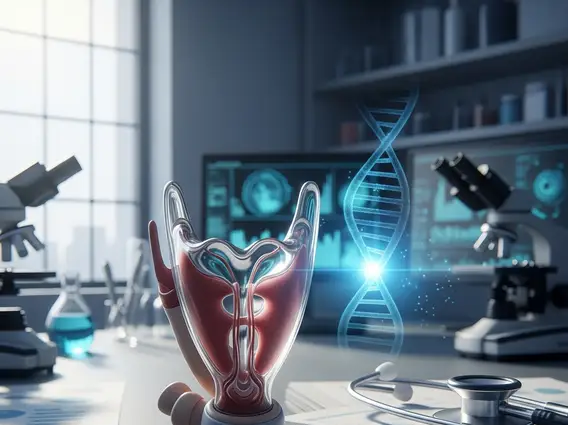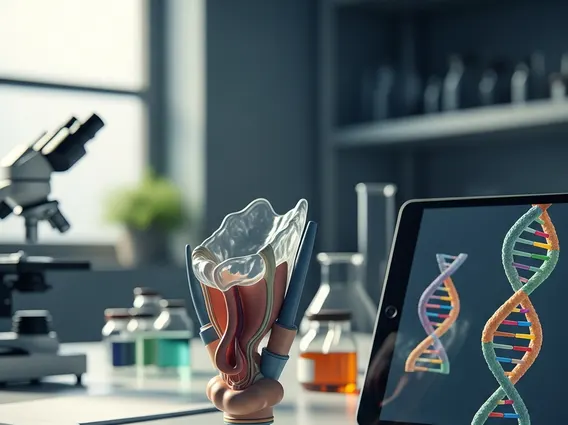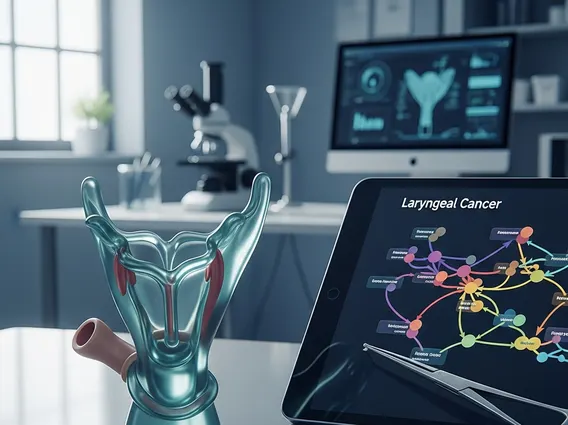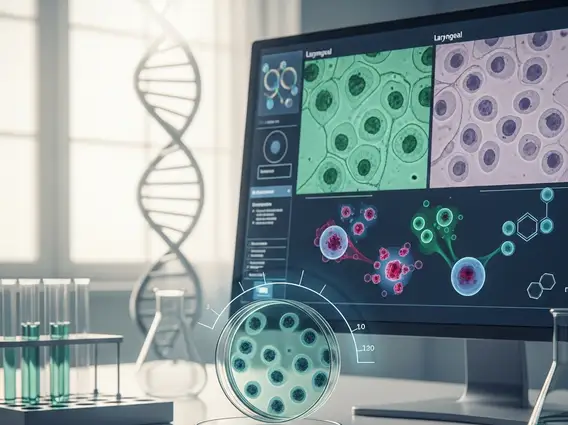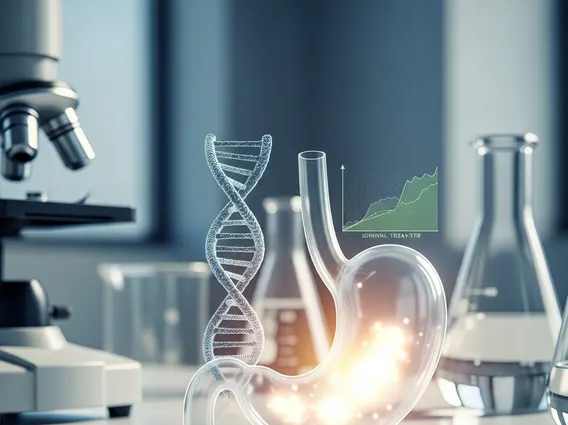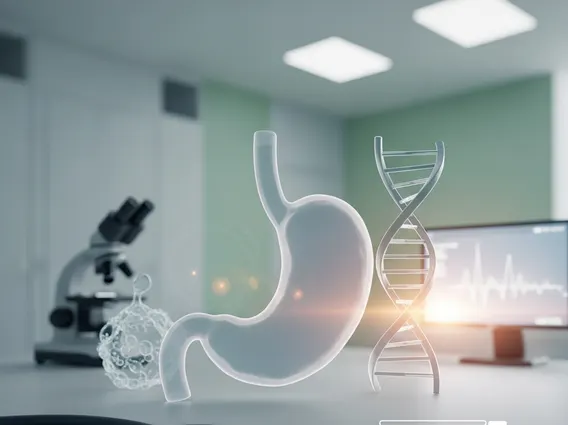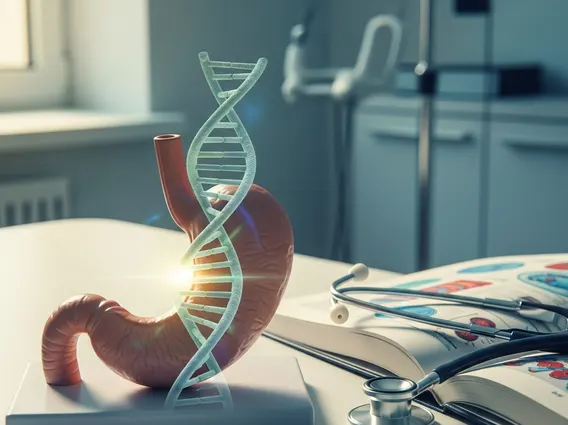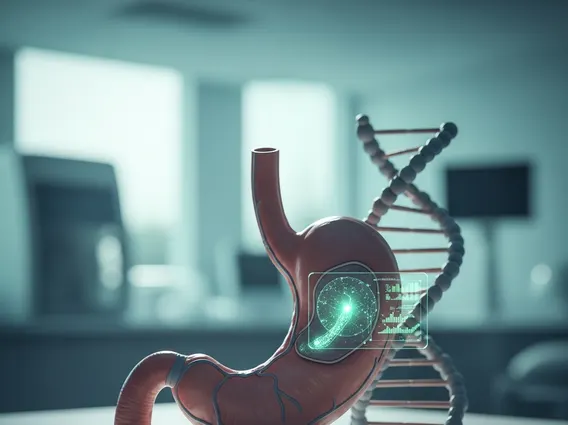Those unfamiliar with blood cancers may not be aware of the differences between lymphoma vs leukemia. Known as the two most common cancers of the blood, these cancers are similar, but they differ in several specific areas such as symptoms and treatment options. The main difference between the two cancer types is that leukemia affects the blood and bone marrow, while lymphoma begins by affecting the lymph nodes and lymphocytes, a type of white blood cell. Lymphoma tumors are solid made up of blood cells, which leads to masses found underneath the skin. Leukemia tumors are liquid, traveling through the bloodstream around the body.
The differences in the two diseases will be more or less apparent depending on the subtype of cancer. There are four main types of leukemia and seventy subtypes of lymphoma, that are designated as either non-Hodgkin’s lymphoma or Hodgkin’s lymphoma. These subtypes can be indolent and develop slowly over several years, or aggressive and require treatment right away. Leukemia and lymphoma are two of the three main types of blood cancer, the other being multiple myeloma.
Signs and symptoms of Leukemia and Lymphoma
When comparing lymphoma vs leukemia, it is important to distinguish the symptoms that patients experience. The severity of symptoms that patients experience will have an influence on the treatment that is used. Symptoms seen in both lymphoma and leukemia are:
- Unexpected weight loss
- Persistent fatigue, weakness
- Easy bruising or bleeding
- Severe or frequent infections
- Fever
- Night sweats
- Swollen abdomen (belly)
Symptoms unique to leukemia include:
- Enlarged liver or spleen
- Recurrent nosebleeds
- Tiny red spots in your skin (petechiae)
- Bone pain or tenderness
Symptoms unique to lymphoma include:
- Enlarged lymph nodes is the most common symptom for patients
- Chills
- Feeling full after only a small amount of food
- Chest pain or pressure
- Shortness of breath or cough
- Itchy skin
Treatments for Leukemia and Lymphoma
The treatment a blood cancer patient will move forward with depends on the subtype of disease, symptoms they experience, and the stage of disease. Common treatments used for both lymphoma and leukemia patients include:
- Radiation therapy
- Chemotherapy
- Targeted therapies
- Immunotherapy
- Clinical Trials
There are several unique treatments for each type of cancer that are not used as often. For lymphoma, some patients receive surgery if the cancer started outside the lymphatic system in the thyroid or stomach. For leukemia, some patients receive stem cell transplants to repair bone marrow, or active surveillance from their doctor if they are not experiencing any symptoms yet.
For both cancer types, clinical trials are available to patients seeking the latest therapies in cancer research. For patients interested in enrolling in a clinical trial, speak with your doctor to see if they can possibly benefit your case. Despite the similarities in the symptoms and treatment of lymphoma and leukemia, they effect the body in different ways. Lymphoma interferes with the lymphatic system and the body’s ability to deal with bacteria and viruses. Leukemia disrupts the ability to fight infections and produce blood.
Sources:
https://www.cancer.org/non-hodgkin-lymphoma

